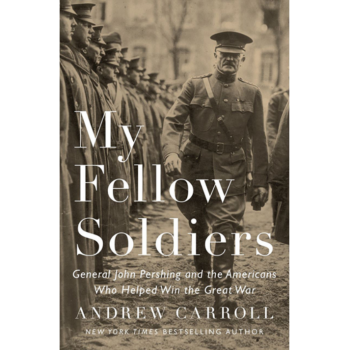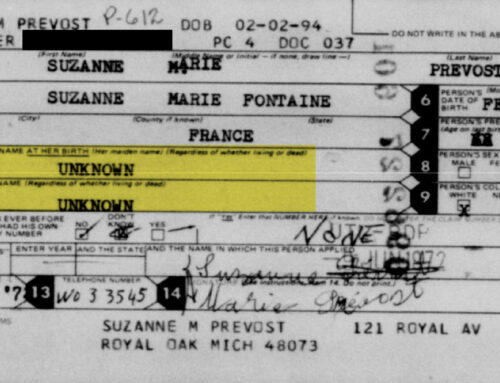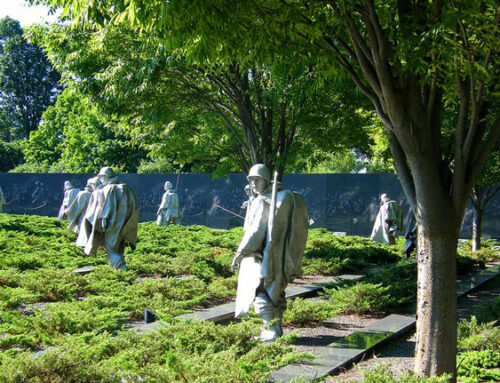2017 marks the centennial of America’s entry into World War I, a conflict often neglected in favor of World War II, which is unfortunate given that WWII is, in some respects, the offspring of the earlier conflict. Andrew Carroll’s My Fellow Soldiers: General John Pershing and the Americans Who Helped Win the Great War is the ideal book to help rectify this balance.
History buffs will know Carroll from his previous books including War Letters, Behind the Lines, and Here Is Where, and his personal mission to rescue combat-related correspondence, resulting in his founding of The Center for American War Letters.
In My Fellow Soldiers, he tells the story of America’s involvement in World War I by constructing a narrative timeline with General John Pershing as its backbone. Not surprisingly, he does this by turning to Pershing’s letters, which reveal a very different version of a man mostly regarded as stern and unflinching.
But this is far from a biography. Constantly interlacing with Pershing’s tale are snippets of letters and experiences from a wide array of other American participants. Some were fellow soldiers (e.g., Patton, MacArthur) while some were unknowns who would later become famous (e.g., Truman). Perhaps the most compelling are those we rarely hear from – African American soldiers and nurses, for instance – and Carroll devotes particular attention to them.
Those with a sanitized, movie version of World War I in their minds will also be confronted with the gritty realities of trench and chemical warfare, the designated “jaw ward” of hospitals, and recovery of remains after armistice.
The end result is a fascinating and humanizing overview of WWI and, one hopes, a healthy respect for our grandfathers and great-grandmothers who served.






Leave A Comment